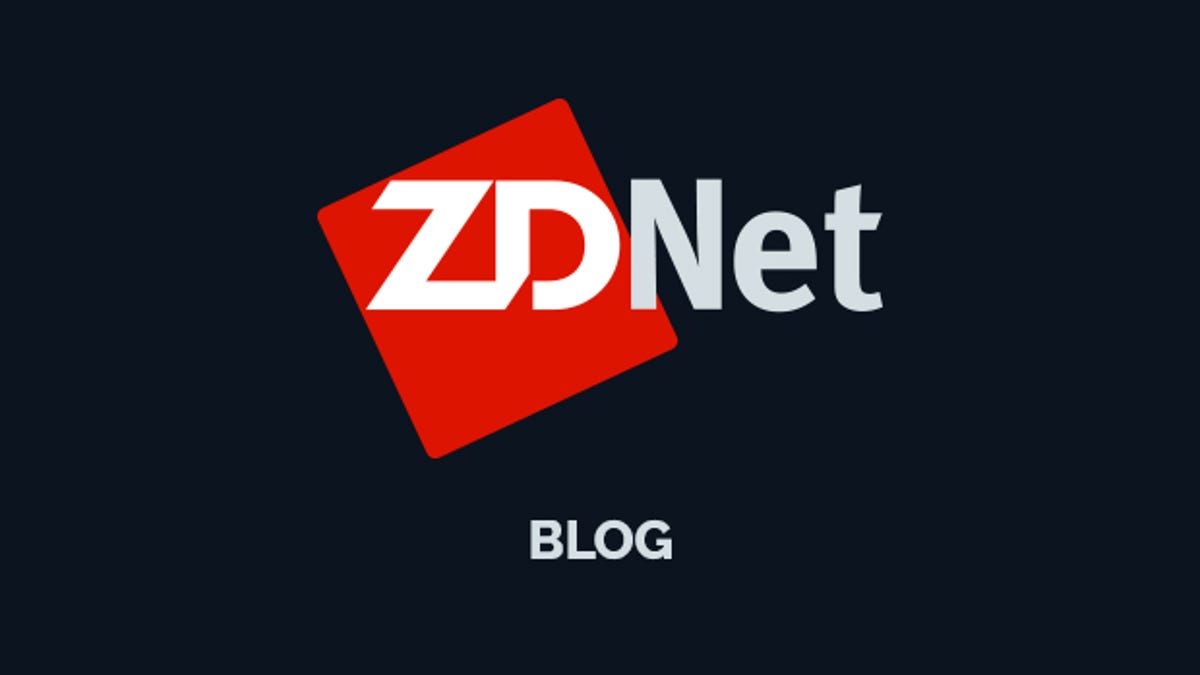Originally posted by audi100quattro
View Post
Like just this sample out of those 24 line there is only really 2 lines that are truly application programming interface. Everything else there is implementation. That sample is 10 to 1 but other samples are even worse.
The 170 lines are from the volume of exhibits oracle submitted. Also you need to go back and read where google won. It was because it was API the more recent case tightens up the define to where it makes historic sense..
If something is API or implementation is quite a simple question. Is this interface/code directly used by the application using this library? If no is implementation. Google really did not copy that much API but copied a heck load of implementation. Then on the copied implementation google has failed to prove that it was the only way to-do it. The SSO bit in the ruling is directly referring to copied implementation.
Google tried to stretch the define of the doctrines and has failed. So we are back to exactly where we were before the case started in 2010.






Comment